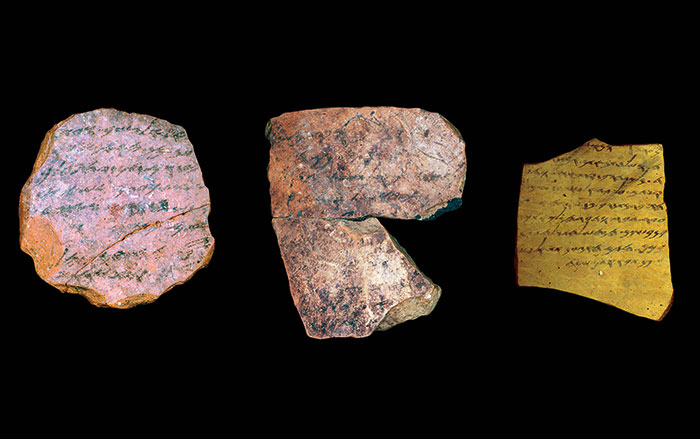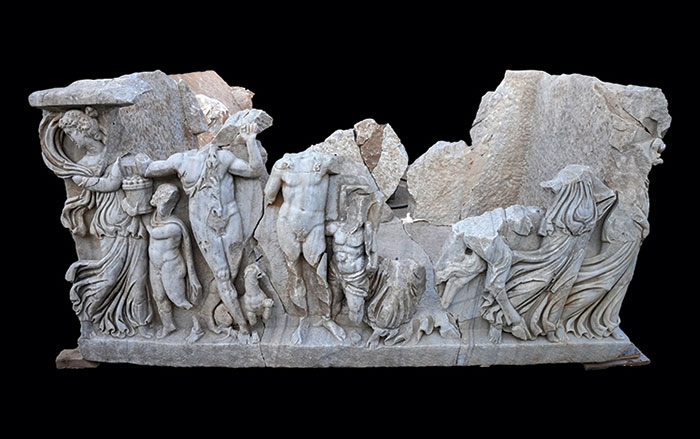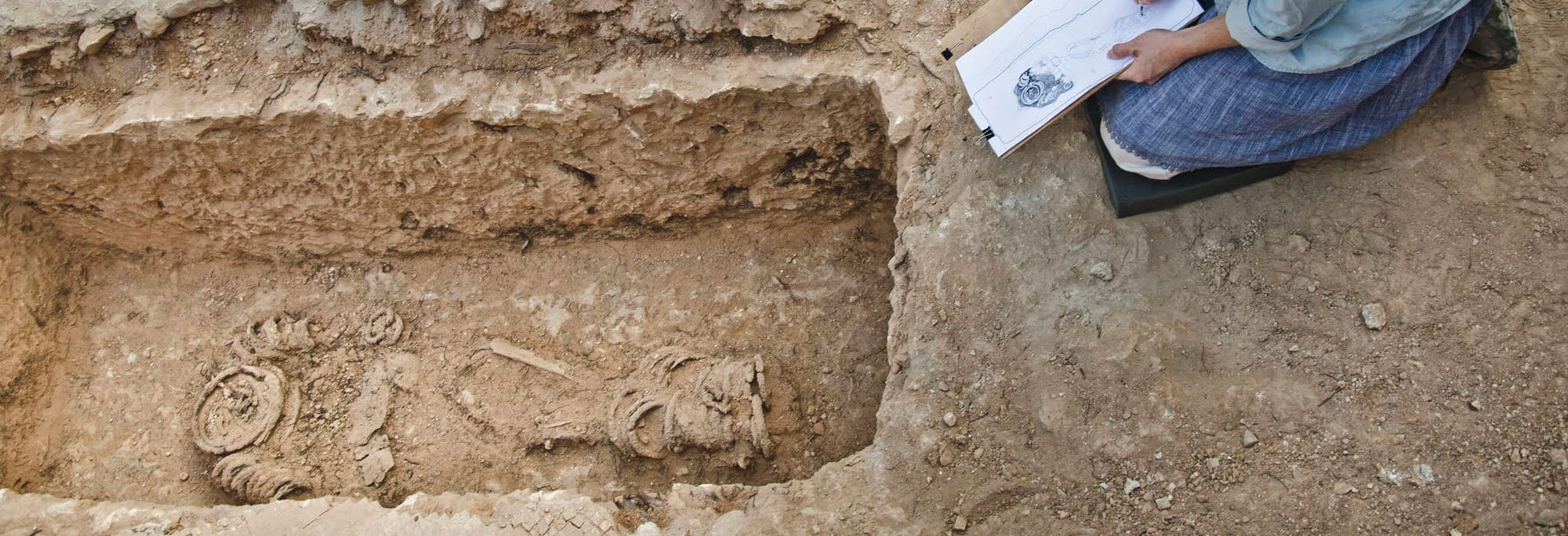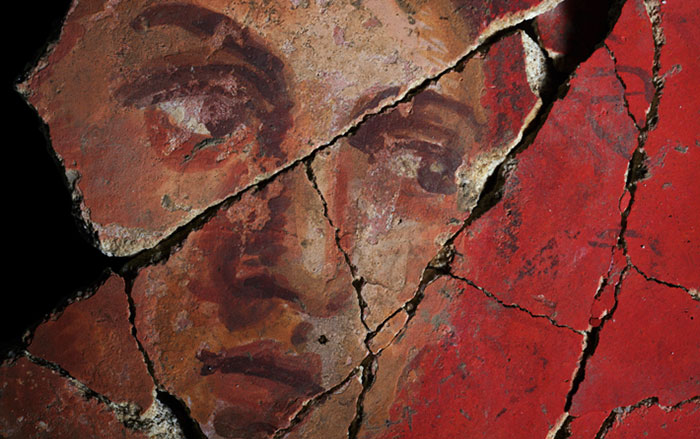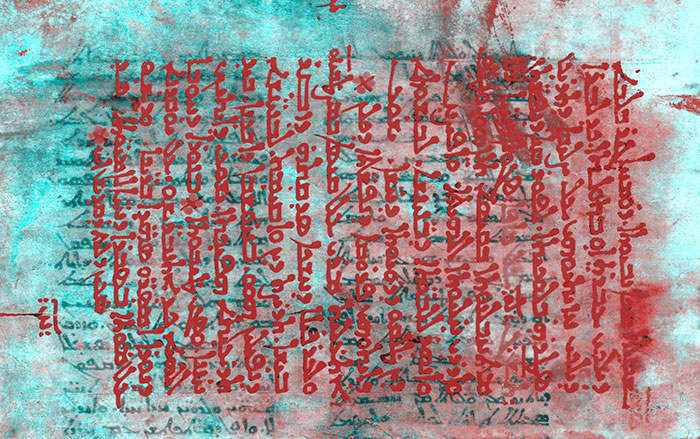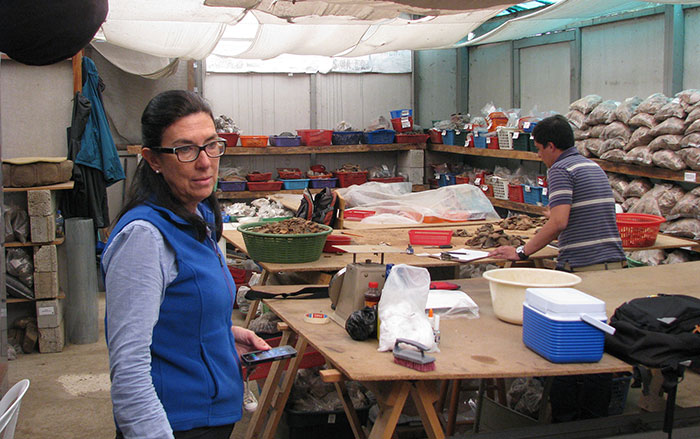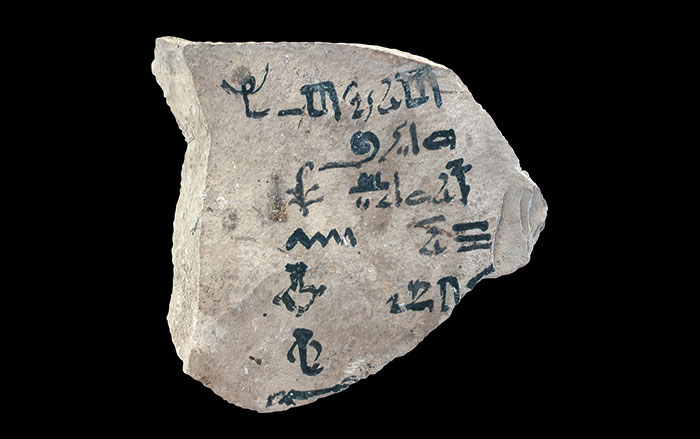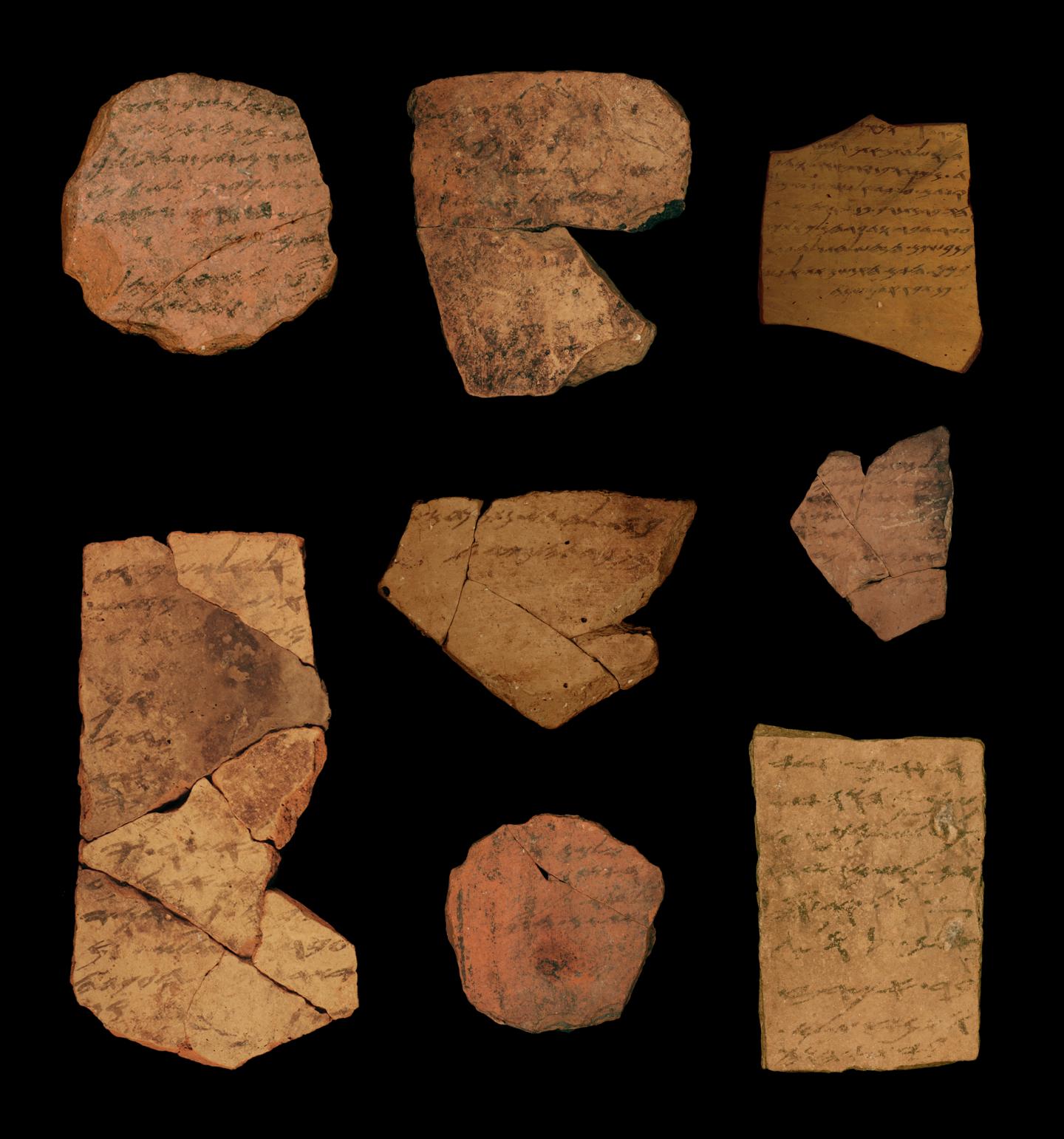
TEL AVIV, ISRAEL—Israel Finkelstein, Arie Shaus, and Shira Faigenbaum-Golovin of Tel Aviv University used computer programs to scan and analyze the handwriting on 16 ostracons dating to the seventh century B.C. All of the inscriptions were unearthed at the site of Arad, a frontier fort, and had been made within a span of a few months. The analysis suggests that at least six different people, ranging in rank from the commander of the fort down to the deputy quartermaster, had written these texts. All of the writers used proper spelling and syntax. Similar ostracons have been found at other border forts, suggesting that writing was widespread, at least within the Judahite army. Finkelstein thinks the ancient kingdom of Judah may have had an educational system, since literacy was not limited to the elite. “This is really quite amazing, that in a remote place like this, there was more than one person, several people, who could write,” he told Live Science. Finkelstein also claims that if literacy were widespread at the time, it would support the idea that portions of the Bible could have been compiled before the destruction of Jerusalem by the Babylonians. For more on archaeology in Israel, go to "The Gates of Gath."


